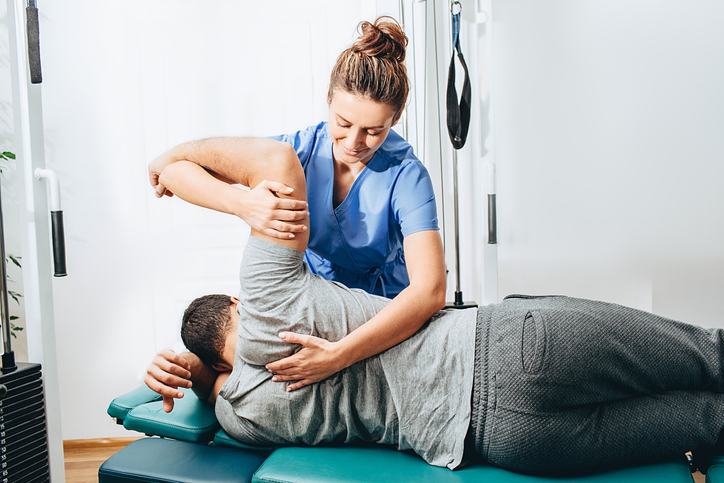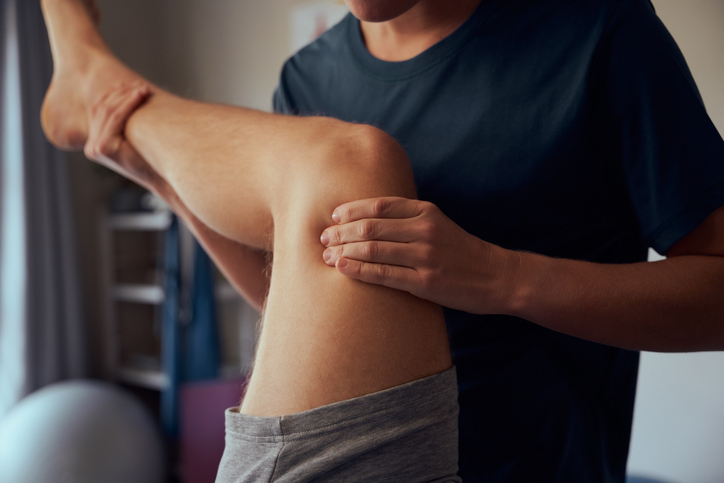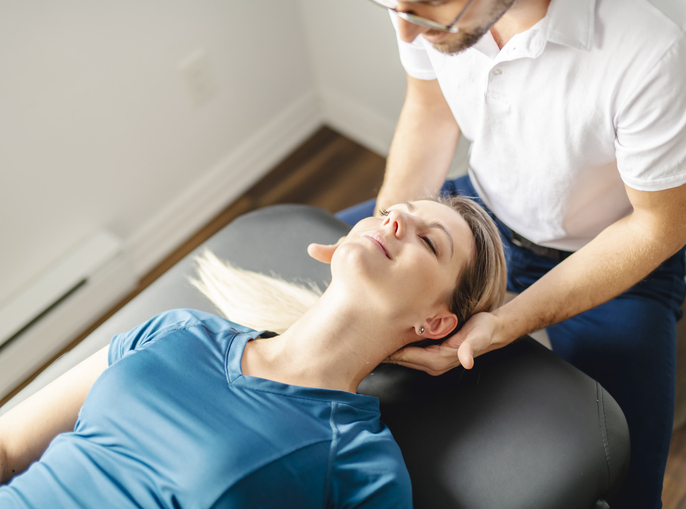
Understanding Orthopedic Physical Therapy: A Comprehensive Guide
Green Oaks Physical Therapy (GOPT) specializing in outpatient orthopedics.
Orthopedic physical therapy is a specialized branch of physical therapy focused on managing and treating musculoskeletal disorders and injuries. These conditions can affect bones, joints, muscles, tendons, and ligaments, impacting a person’s mobility, function, and quality of life.
Our physical therapists are trained to help patients recover from injuries, manage chronic conditions, and prevent future problems through a variety of therapeutic techniques and exercises.
This article provides a comprehensive overview of orthopedic physical therapy, its benefits, and what to expect during treatment at GOPT.
What is Orthopedic Physical Therapy?
Orthopedic physical therapy involves the assessment and treatment of conditions related to the musculoskeletal system. This field covers a wide range of issues, including:
- Acute Injuries: Such as fractures, sprains, strains, and dislocations.
- Post-Surgical Rehabilitation: Helping patients recover from surgeries like joint replacements, ligament repairs, and arthroscopic procedures.
- Chronic Conditions: Including arthritis, tendinitis, bursitis, and chronic pain syndromes.
- Sports Injuries: Addressing injuries common in athletes, such as ACL tears, rotator cuff injuries, and overuse injuries.
- Postural Problems: Correcting issues related to poor posture that can lead to pain and dysfunction.
Key Components of Orthopedic Physical Therapy
At Green Oaks, our physical therapists utilize a variety of techniques to help patients recover and improve their function. Key components of orthopedic physical therapy include:
- Assessment and Diagnosis: The first step in orthopedic physical therapy is a thorough assessment. The therapist evaluates the patient’s medical history, conducts a physical examination, and may use diagnostic tools like X-rays or MRIs to understand the extent of the injury or condition. This assessment helps in developing a personalized treatment plan tailored to the patient’s specific needs.
- Manual Therapy: Manual therapy involves hands-on techniques to manipulate and mobilize the soft tissues and joints. This can include joint mobilization, soft tissue massage, and myofascial release. Manual therapy helps reduce pain, improve mobility, and promote healing by enhancing blood flow and reducing muscle tension.
- Therapeutic Exercises: Exercise is a cornerstone of orthopedic physical therapy. Therapists design individualized exercise programs to improve strength, flexibility, and endurance. These exercises may include:
- Range of Motion Exercises: To restore normal joint movement.
- Strengthening Exercises: Targeting specific muscles to support and stabilize the affected area.
- Stretching Exercises: To improve flexibility and reduce muscle tightness.
- Functional Training: Exercises that mimic everyday activities to improve overall function and mobility.
- Pain Management: Managing pain is a critical aspect of orthopedic physical therapy. Therapists use various modalities to alleviate pain, including:
- Heat and Cold Therapy: Applying heat or cold packs to reduce inflammation and soothe sore muscles.
- Electrical Stimulation: Using electrical currents to reduce pain and stimulate muscle contraction.
- Ultrasound Therapy: Employing sound waves to promote tissue healing and reduce pain.
- Patient Education: Educating patients about their condition, treatment plan, and self-management strategies is essential for long-term success. Therapists provide guidance on proper body mechanics, posture, and techniques to prevent re-injury. They may also recommend lifestyle changes and home exercise programs to support ongoing recovery.
Benefits of Orthopedic Physical Therapy
- Pain Relief: Through targeted interventions and exercises, patients can experience significant pain relief, improving their overall comfort and quality of life.
- Enhanced Mobility: Physical therapy helps restore normal movement and flexibility, enabling patients to perform daily activities more easily and with greater independence.
- Improved Strength and Function: Strengthening exercises and functional training enhance muscle strength and coordination, supporting better overall function and performance.
- Faster Recovery: Structured rehabilitation programs facilitate quicker recovery from injuries and surgeries, helping patients return to their normal activities sooner.
- Injury Prevention: By addressing underlying issues and teaching proper techniques, orthopedic physical therapy helps prevent future injuries and promotes long-term musculoskeletal health.
What to Expect During Orthopedic Physical Therapy
- Initial Evaluation: The therapist conducts a detailed assessment to understand the patient’s condition and develop a personalized treatment plan.
- Treatment Sessions: Each session typically includes a combination of manual therapy, therapeutic exercises, and pain management techniques. The therapist guides the patient through exercises and monitors their progress.
- Progress Monitoring: The therapist regularly assesses the patient’s progress and adjusts the treatment plan as needed to ensure optimal outcomes.
- Home Exercise Program: Patients receive a home exercise program to continue their rehabilitation outside of therapy sessions. This program is crucial for maintaining progress and achieving long-term goals.
Orthopedic physical therapy is a vital component of the rehabilitation process for individuals with musculoskeletal injuries and conditions.
By providing expert assessment, targeted interventions, and ongoing support, the orthopedic physical therapists at Green Oaks PT help patients alleviate pain, restore function, and improve their overall quality of life.
Whether recovering from an injury, surgery, or managing a chronic condition, contact any of our DFW locations to start on a pathway to better health and well-being.



